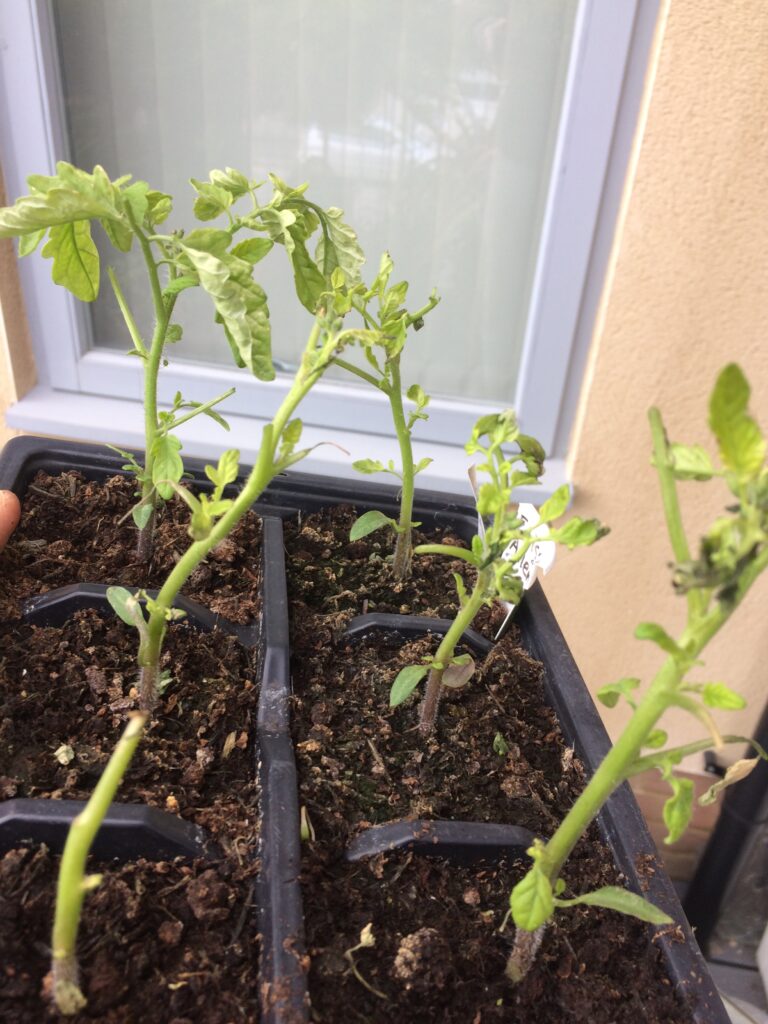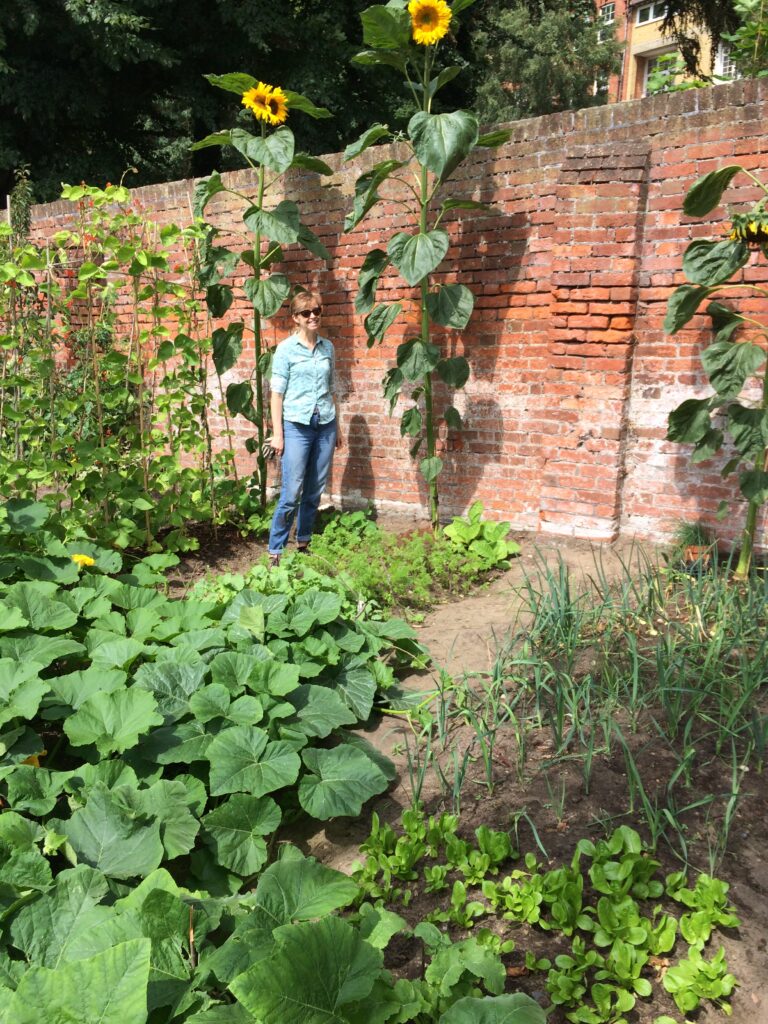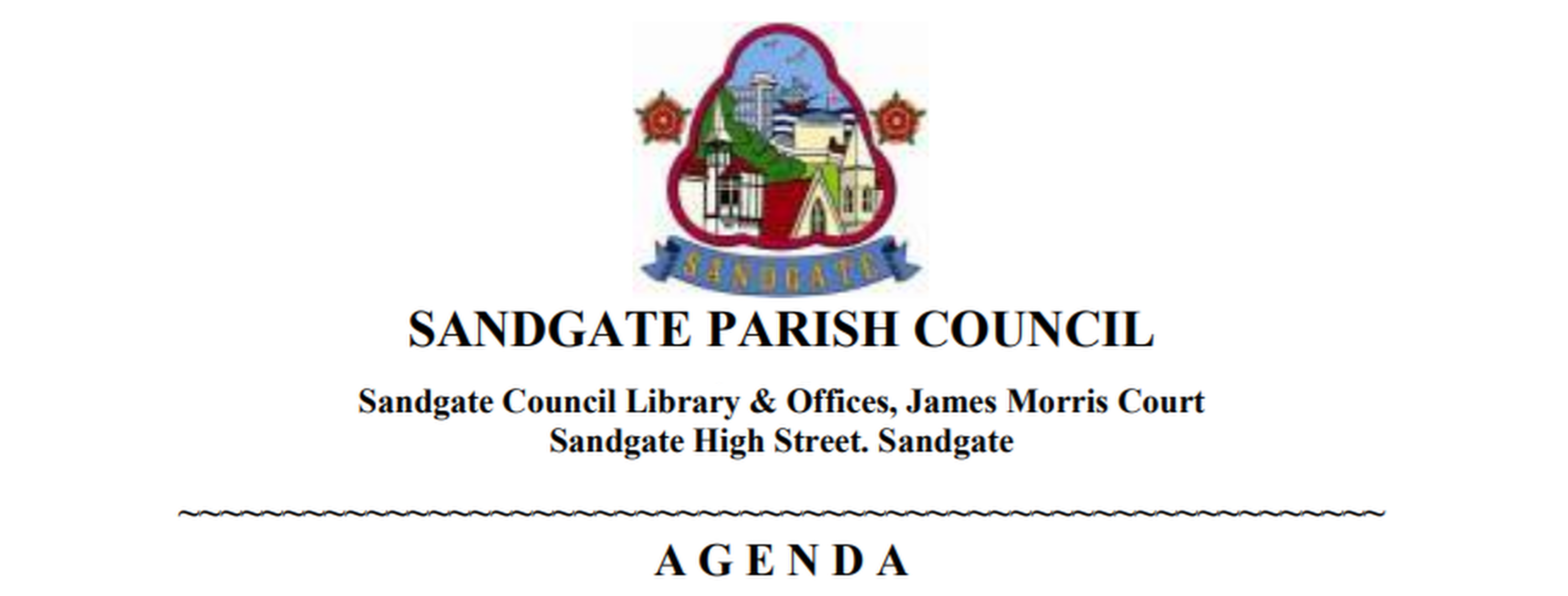Sandgate Parish Council is inviting applications for the services of a caretaker at Sandgate Park (the recreation ground), to include the following:
- To check leaf fall and clear where necessary
- To litter pick and dispose of in litter bins
- To check notice board for out-of-date notices and post new notices as required
- To clean notice boards and all signage; to report any damages to the parish clerk
- To check litter bins are not overfilled and to report any damaged bins to the parish clerk
- To pick up dog waste and dispose of in litter bins
- Ensure the dog waste bag dispenser is kept stocked.
- Clear debris from the grounds and Ball courts as required
- To check drains after heavy rain and clear if necessary
- To carry out general checks of the facilities and equipment and report any defects and / or problems to the parish clerk
- To carry out minor works at the Sandgate High Street/Gough Road village green and Wilberforce Road green, as and when required
- To provide monthly reports to the parish clerk by the first week of each month
- To provide holiday cover as and when required and the interim caretaker to be covered by Public Liability Insurance
- To attend occasional meetings with the council, the clerk or representatives
- To undertake any other reasonable request by the Parish Council to ensure the safety and security of the park
The parish council’s budget for this position is £2,800 for 2020-2021 year, commencing June 2020. For the rest of the contract term, applicants are requested to submit expectations of increased rises for the years 2021 – 2024.
The council requests applicants to state the hours per week they would work within this budget, allowing for more hours in the summer and fewer during winter.
The contract period will be for four years, subject to the normal break clauses.
The successful applicant must:
- Possess £5 million Public Liability Insurance
- Possess gloves, litter pickers and other tools and equipment, as required
Payments would be made on submission of a monthly or quarterly invoice to the parish clerk.
Please apply to:
Simon Horton, Deputy Parish Clerk & Responsible Finance Officer, Sandgate Parish Council (Sandgate Parish Council Library, James Morris Court, Sandgate High Street, Sandgate, Kent, CT20 3RR Tel: (01303) 248563) or email clerk@sandgatepc.org.uk
Deadline for submissions: 12 noon on 5th June 2020
Caretaker Sandgate Park 2020 - 2024-2


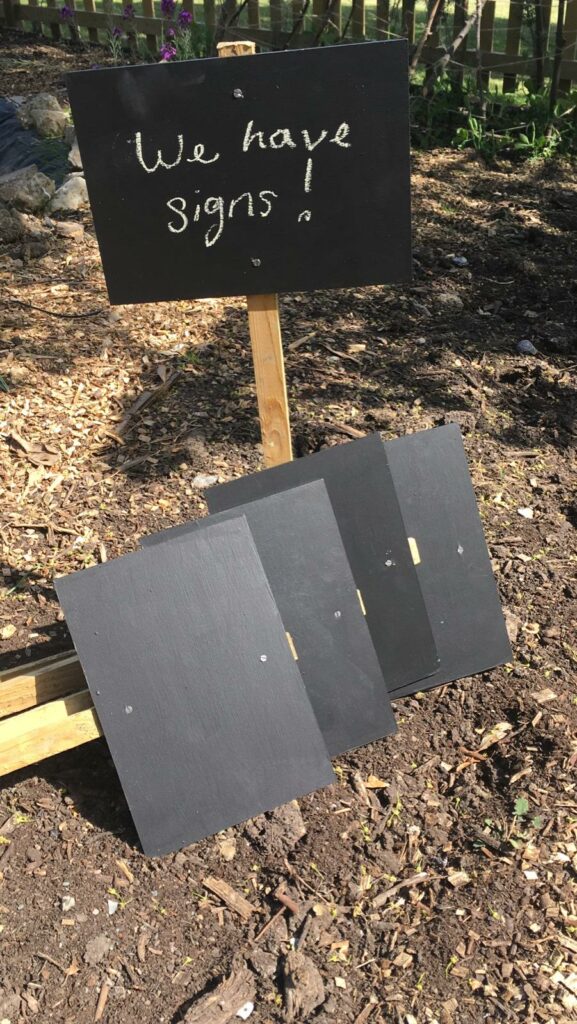
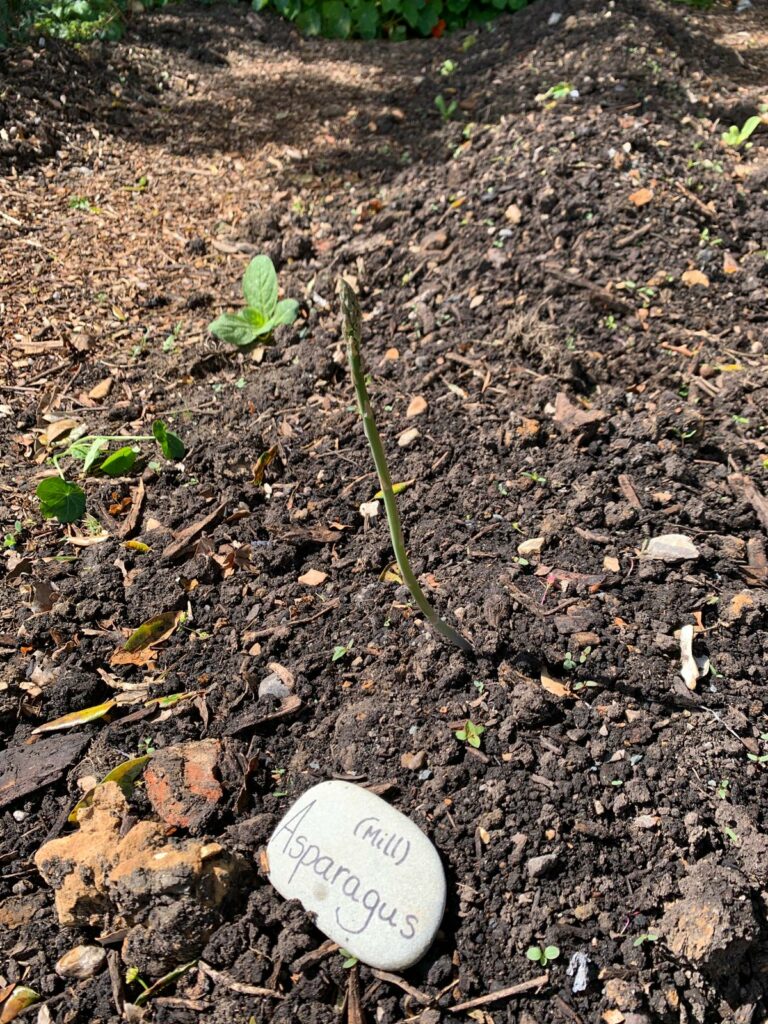
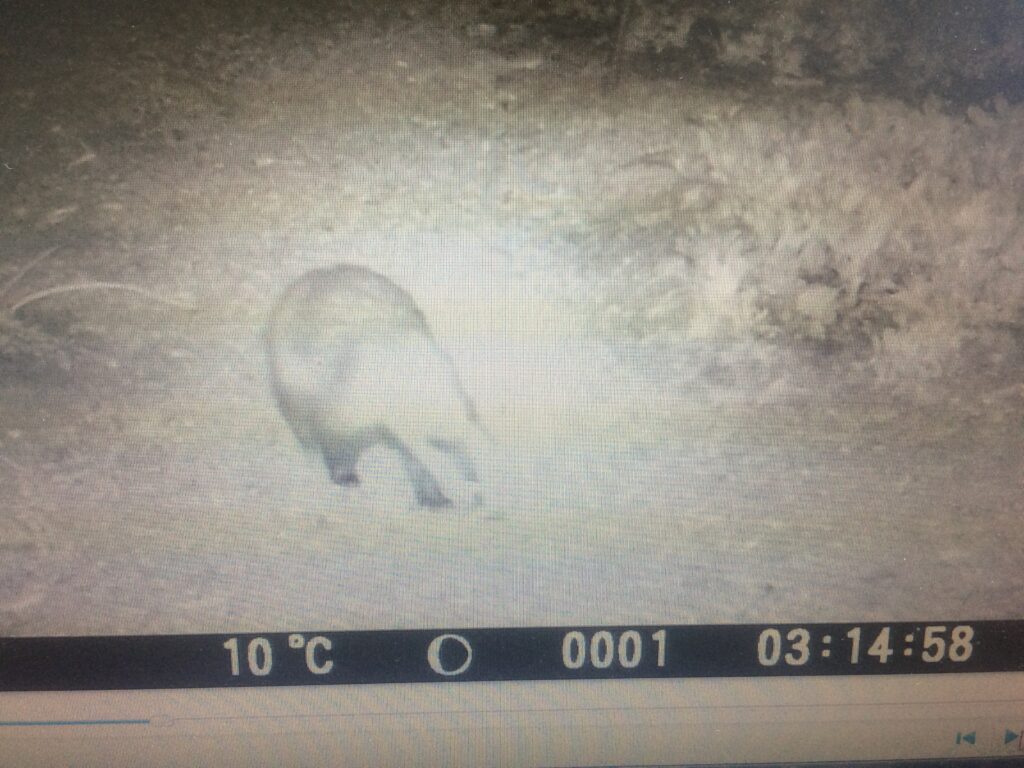
 The Sandgate Society is a civic society and registered charity campaigning since 1962 to preserve, enhance and promote the enjoyment of Sandgate village’s unique built and natural heritage.
The Sandgate Society is a civic society and registered charity campaigning since 1962 to preserve, enhance and promote the enjoyment of Sandgate village’s unique built and natural heritage.
